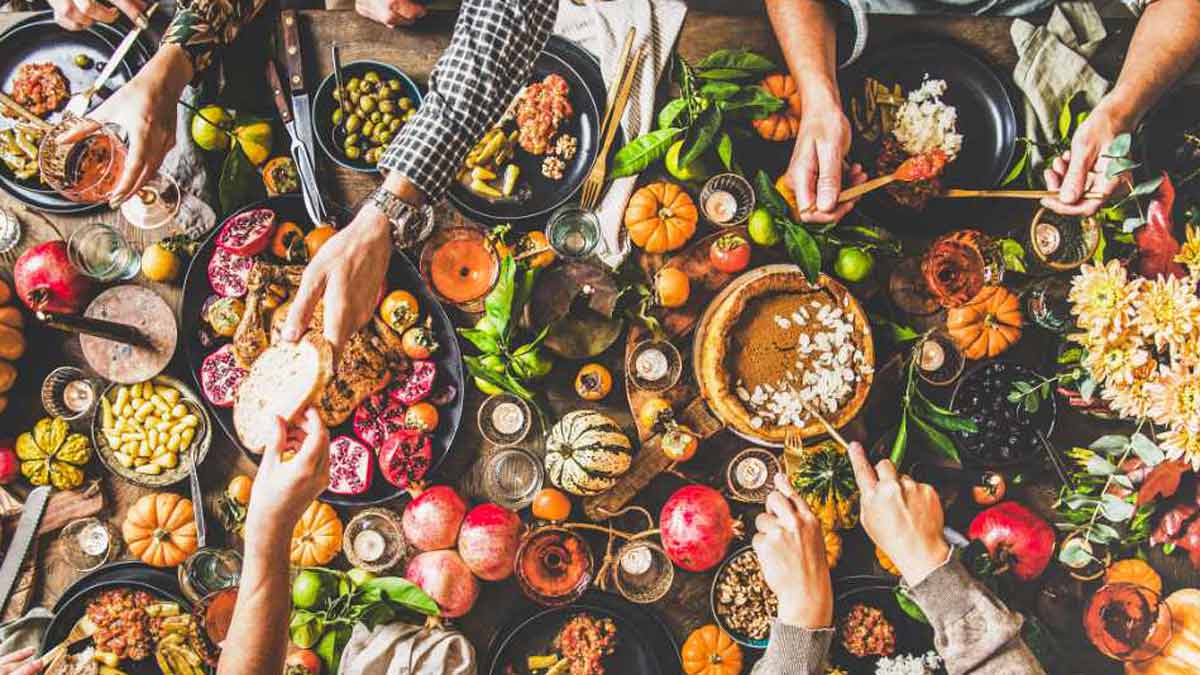Social Eating with Type 2 Diabetes

All information presented here is for informational purposes ONLY. It is based solely on my personal experience living life as a lifestyle-controlled Type 2 Diabetic since 2015. The information and ideas presented here are in no way intended to be medical advice. Always discuss any potential changes to your diet with your medical team PRIOR to making changes. For this blog, we will be focusing on lifestyle options for non-insulin dependent type 2 diabetics only.
Let me begin by saying that the information presented here is solely based on personal experience and assumes that you have made a personal decision to follow either a low-carb or a keto diet to control your blood glucose. It is further assuming that you already know what constitutes a low-carb or keto diet.
Following a higher carb diet or being a Type 1 diabetic has challenges too, but they aren’t quite the same as trying to maintain very low carb counts.
Low Carb in a Social Setting
We can all learn to prepare low-carb food at home, but what happens when we are out and about and socializing with others? What happens when we are not the ones making choices about food selection?
One of the biggest challenges of following a low-carb diet for control of blood glucose is navigating social settings where you do not have full control of the food available. So how do you deal with social events while maintaining your choice for your health?
The majority of our social events and gatherings revolve around food. It is common across many cultures. Most of our family gatherings include food.
- Getting together with friends and neighbors involves food.
- Snacks surround us in the workplace.
- Every holiday involves excessive amounts of high-carb food.
- People try to feed us to be “good hosts.”
- Some people try to feed us to sabotage us.
- Many people mean well, but they just don’t get it.
How do you navigate these social settings when food is such an integral part, and you are trying to maintain your low-carb or keto lifestyle?
Refined Carbs and Mind Games
I have been living very low-carb to control my blood glucose since 2015. In the early days, every time I faced food I knew would not be helpful for my glucose level, I pictured it as poison to my body. In some respects, that was true.
If something was going to raise my blood sugar to unhealthy levels, it was causing damage and, therefore, a threat to my health. Anything that contained added sugar or processed grains was immediately labeled as “poison” in my mind. In my head, this game made it so much easier to say “no,” no matter what, firmly.

Decide now that it is your health, your choice. Easier said than done? It can be. Which is more important, your health or potentially offending someone? Or do you not stand your ground because you do not care to share your diagnosis with others? How you react and handle these situations is entirely under your control. What is available isn’t always under your control.
Things People Say or Do
I have concluded that even when other people know what your diagnosis is, they don’t necessarily understand it. And also, if they try to understand it, there is so much information about what people with diabetes can and cannot eat, which is confusing. There are significant differences between what a Type 1 or a Type 2 on medication or an unmedicated Type 2 can eat. Most articles on what people with diabetes can eat do not differentiate between the different groups. Even if someone tries to get it right, they may not, because of so much conflicting and not clearly defined information.
I have also found the many people have no clue which foods contain carbs. This one baffles me, but it is real. I have explained to people which foods have carbs and had them look straight at me and say, “but, you can have potatoes, right?” or “you can have bread, right?”
Some of my “favorites” are when people know told that you don’t eat grain, and they somehow decide that “gluten-free” is ok. Nope. Or when they decide they have become a self-appointed expert on your diet.
And of course, the most common ones that anyone following any diet is familiar with are “a little bit won’t hurt you,” “it’s a holiday, you have to celebrate once in a while,” etc.
Nope, my choice, my body, my health.
Navigating Different Social Situations
Your eating at different social events can largely be controlled by planning and asking questions ahead of time. And making up your mind as to what you will or will not eat.
Restaurants:
If you are dining out, chain restaurants often have their menus and nutritional information available online. It is best to check these and make your selections before leaving home. Typically the information is small and difficult to read on a mobile phone, and to try to do that once you arrive is just plain distracting from the social aspects of eating out.

If you are dining at a local, privately-owned restaurant, they are not likely to have their info available online. You can often contact them ahead of time to ask specific questions about their menu and the ingredients used. It is best to contact them during a non-peak time. It is often not practical to ask wait staff these questions when you are ordering, and they are busy. They often don’t know the answers, and it is awkward to explain to them and have them run back to the kitchen to get answers while they are busy.
Learn to be specific with your questions about what is on the menu. Flour and high-carb ingredients can thicken various items. Are you ordering Alfredo sauce? If made with a traditional recipe, it is a great choice (over vegetables, not pasta). If someone is trying to make the dish more economically, it might be hiding flour or other thickeners. Be aware that sugar hides in many things you would not expect to find it in.
Example: We have a local restaurant with a taco salad on the menu with what they call “taco dressing.” I forgot to ask the first time I ordered it. Guess what? It is sweet and full of honey!
Don’t be afraid to ask for something entirely different from what they offer on the menu. Most restaurants can come up with plain meat and suitable cooked vegetables and salads. Just ask.
Family Gatherings
Some events held in private homes can be pretty easy to navigate IF everyone shares in providing food.
You can bring something that you KNOW you can eat—that way. You are set if there are no other options. I have started bringing two different dishes myself, so I am guaranteed to have more than one thing I can eat.

On the plus side, many home gatherings have lots of “finger food.” Raw vegetables, cheese, and sausage are all great choices when following a low-carb diet.
If the food is being provided solely by the host, call ahead and ask about the menu. Calling ahead has had mixed results for me as I sometimes get an answer of a particular dish that should be ok and then find out later that it contains sugar.
Weddings and Catered Events
I find these events the most difficult to navigate as the menu is often includes set to two or three entree choices. They are often breaded or served with a sauce or gravy, and there is always plenty of potatoes, pasta or rice, and bread or dinner rolls. Not low carb.

In recent years, it seems more common to include some tossed salad, which does help. And of course, dessert is always part of the picture.
I often contact the venue or the person/people organizing the event. Sometimes this works, and sometimes it doesn’t.
Preparing for the Unexpected
In the years since I started this lifestyle, there were only a handful of times that I could not eat because the choices weren’t going to work. And each time it was because either I did not plan or someone gave me that wrong answer.
I always carry snacks with me just in case something doesn’t work out.
Keeping on Track
Make your decisions based on what is right for you, not the possibility of “missing out” or offending someone.
Practice your responses to less than supportive people before you are seeing them.
No matter what is choices you have, always remember that it is your body and your health. Take care of yourself in the best way you can, even if that means saying “no.” sometimes.







